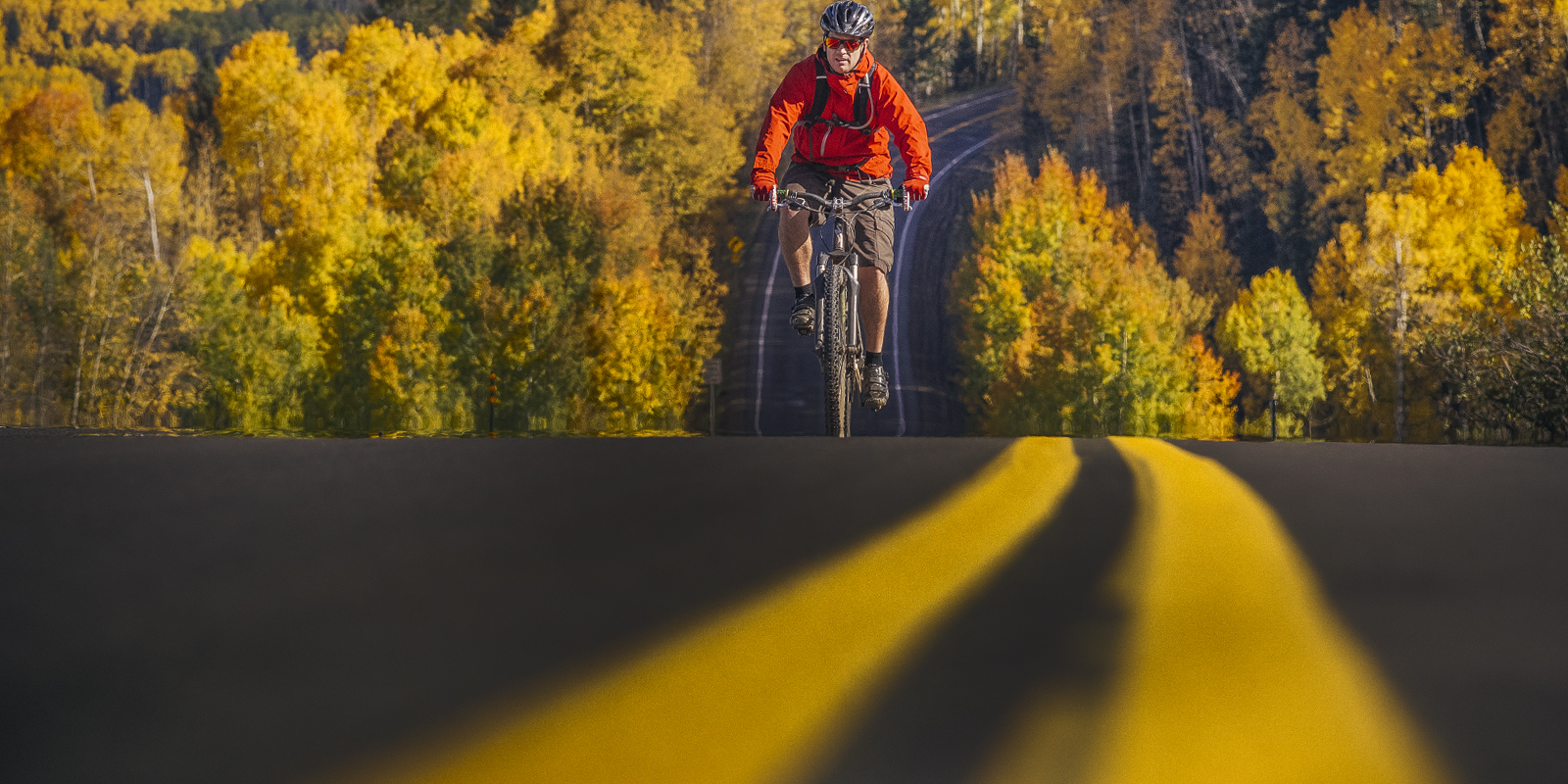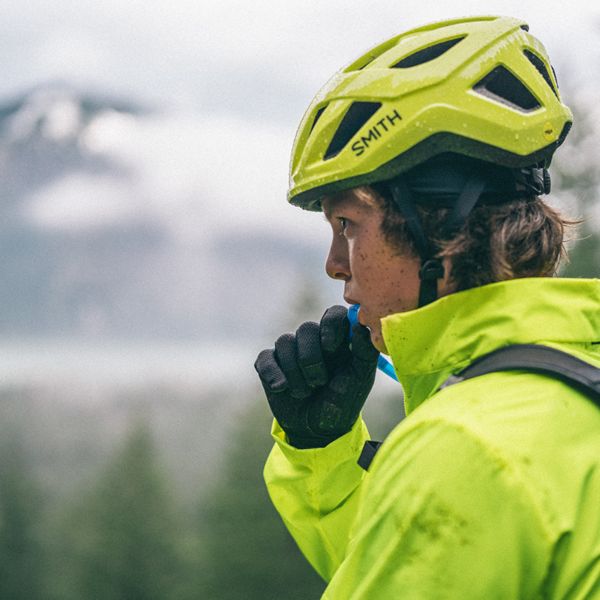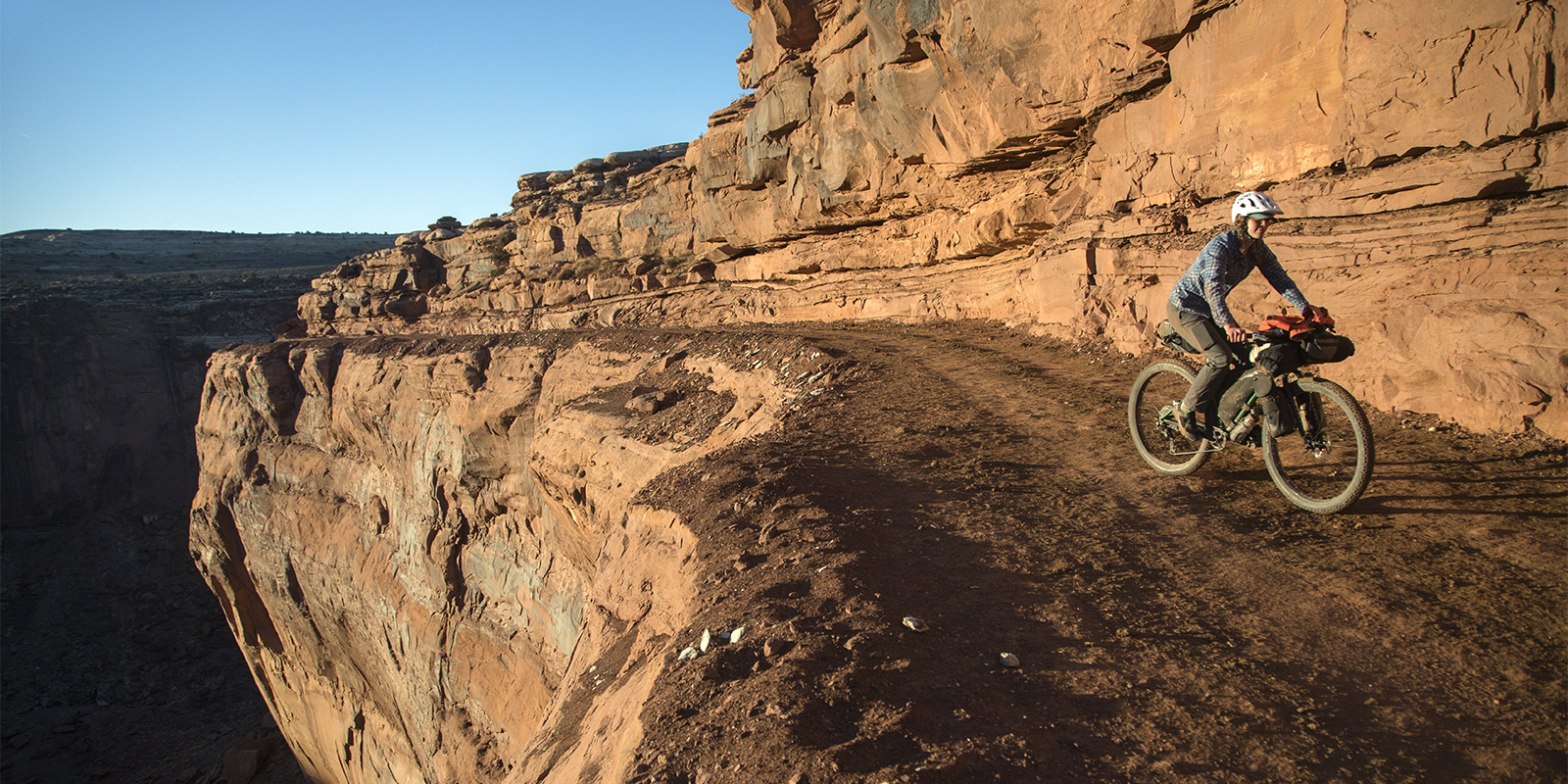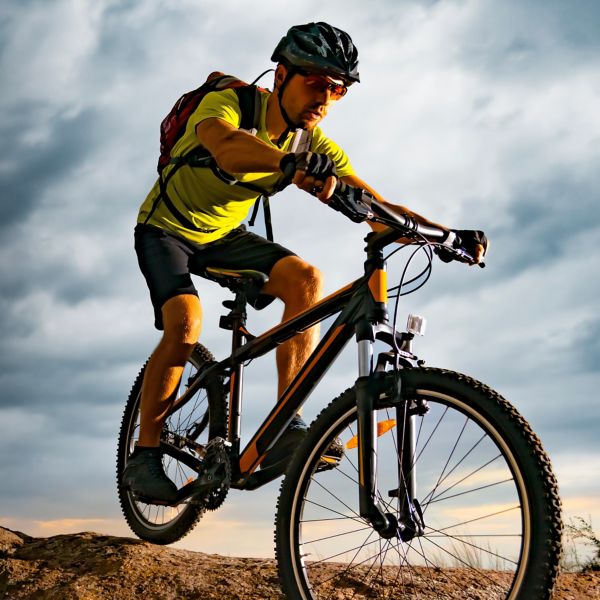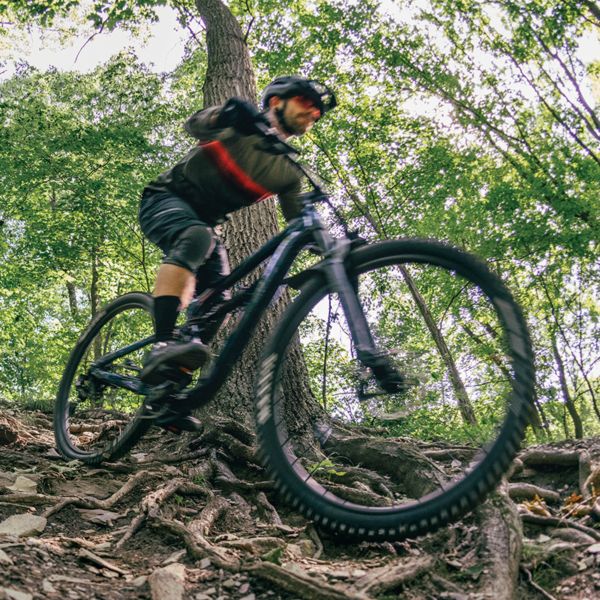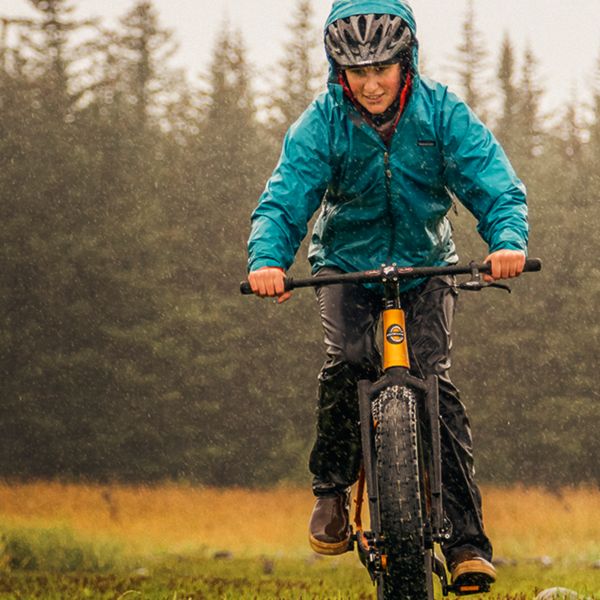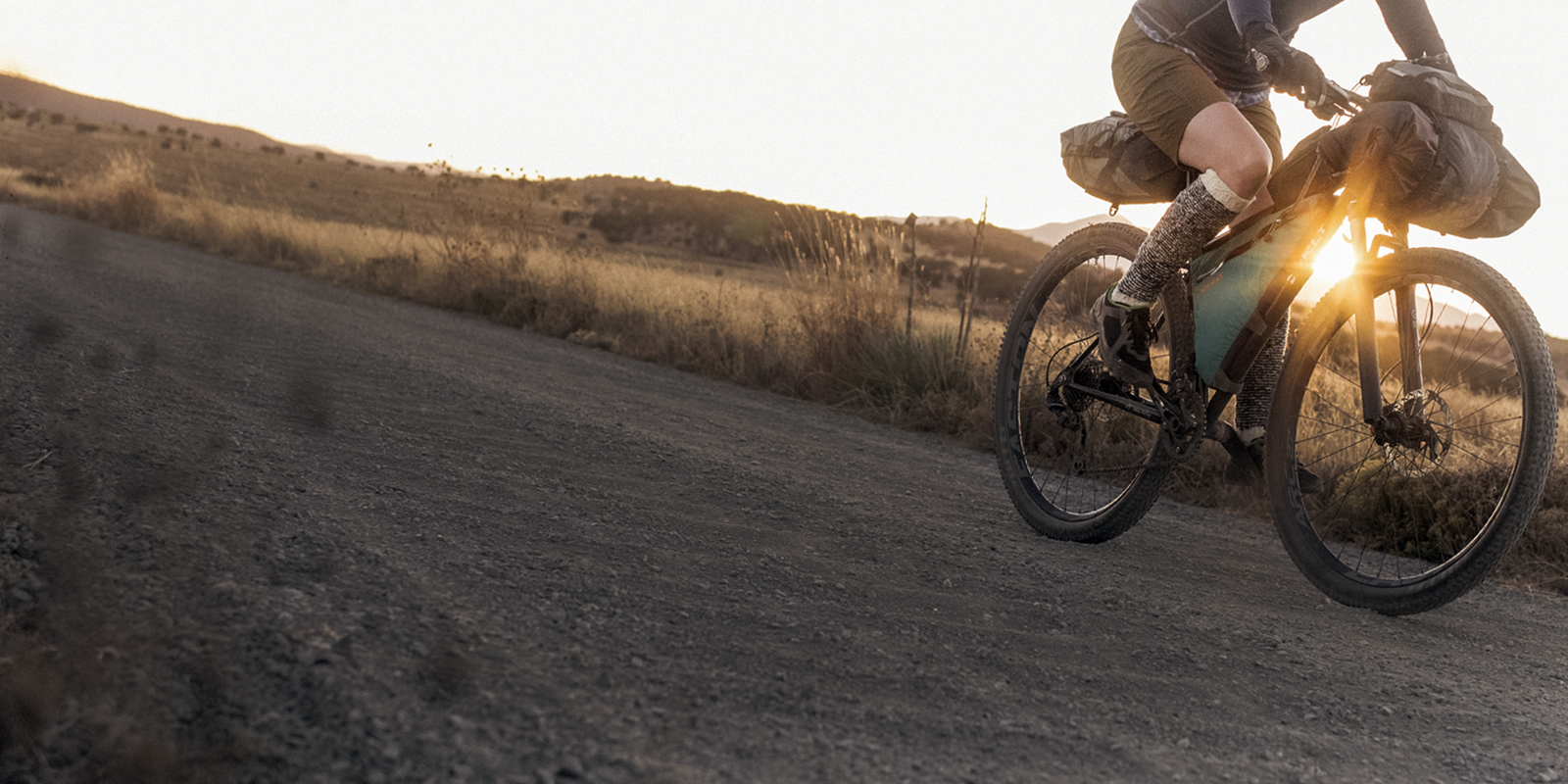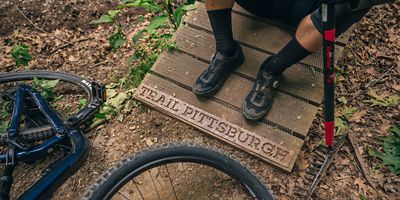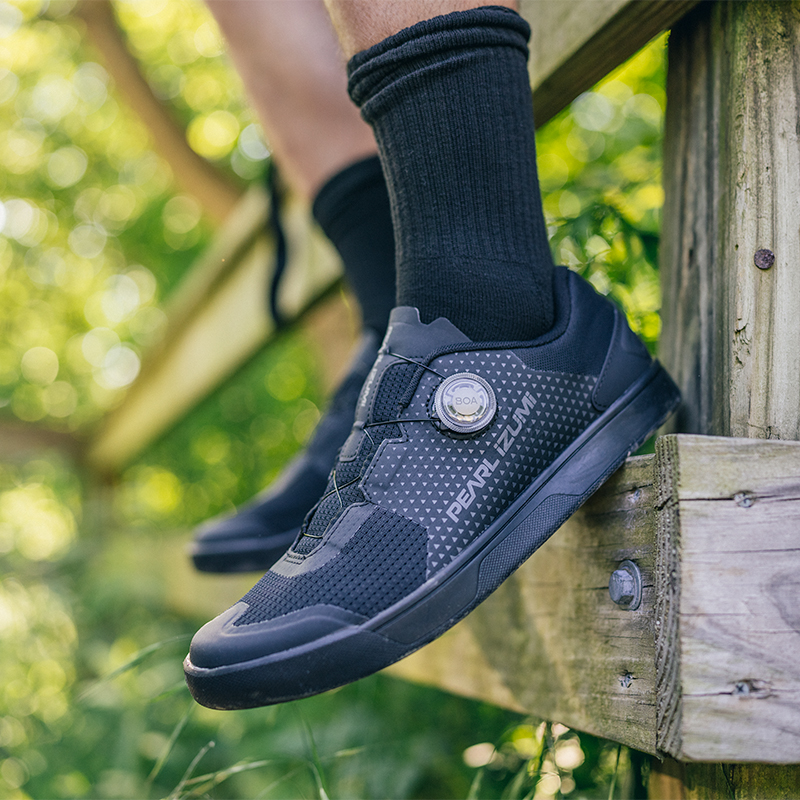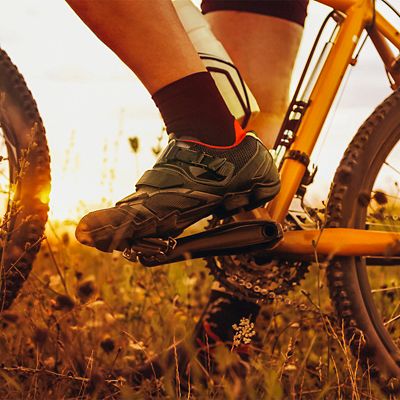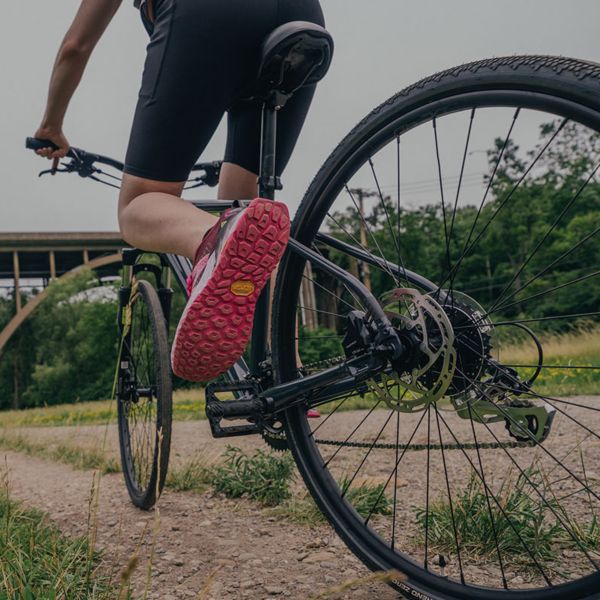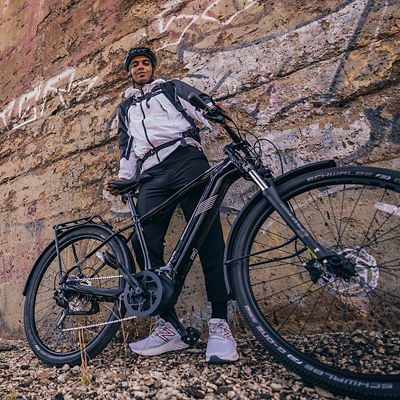
If you can’t pick between speedy road cruising and challenging mountain biking, it’s time to give gravel bikes a try. They offer an alternative to busy paved roads with an out-there adventure that combines the best of both two-wheeled worlds: blending the off-road capability and toughness of a mountain bike with the efficiency of a road bike. As some of the most versatile rides that money can buy, gravel bikes can handle everything from dusty Forest Service and gravel country roads to even mellow singletrack, without sacrificing fun on fast pavement. And while they’re often lumped into the category of touring or adventure bikes, they work as well for short daily workouts as they do for multi-day cross-country bikepacking adventures (not to mention the growing list of gravel races as this exciting category expands).
What Makes a Gravel Bike?
Gravel bikes expertly blur the line between efficient drop-bar road racers and burly off-roaders capable of taking a beating.
Big Tires
Bigger, thicker, and grabbier tires are one of the main calling cards of a gravel bike. You’ll want something at least 38 mm (about 1.5 inches) wide with a knobby tread. If you see yourself riding on even rougher terrain, or want the capability of riding more rugged singletrack or chunkier gravel, 2-plus-inch tires (which begin to look more like mountain bike tires) are the way to go. Though remember: The bigger and knobbier the tire, the less efficient it will be on pavement, but the more capable it will be rolling over rocks, roots, and dirt.
Geometry
Built for longer rides over less consistent terrain, gravel bikes typically have a more relaxed geometry that results in a more upright riding position than a road bike (you won’t be hitting mach speeds on gravel anyway). They also have a longer wheelbase for added stability, plus more tire clearance.
Durability
Materials largely depend on your desired usage. Say you’re racing the Unbound Gravel (formerly the Dirty Kanza, a classic gravel race in Kansas), a carbon bike will make all the difference. For most, gravel riding is less about competition intensity and more on-par with other touring bikes, in which case a durable steel or aluminum frame will provide peace of mind on longer rides—setting down your bike for a snack, or taking a spill on a rough descent.
Shock Absorption
These are not mountain bikes with true suspension systems, though gravel bikes often do have carbon forks, shock-absorbing stems, or other components that deaden the constant roughness of jarring roads and trails. Your hands will thank you.
Bikepacking Capability
Again, if you’re riding gravel primarily for races or short rides, you might not need more gear attachment capabilities than it takes to hold a couple extra water bottles. However, due to their on- and off-road versatility, gravel bikes are some of the most popular setups for bikepacking. See what options and gear-rigging add-ons might be available. As you dream up interesting terrain that you can access on an extended trip linking gravel roads and trails, extra attachment points might come in handy down the road.







